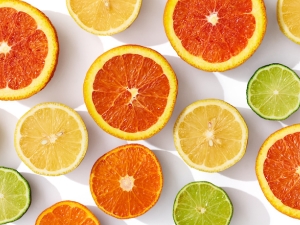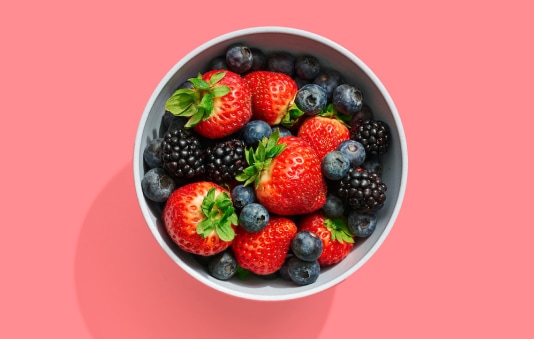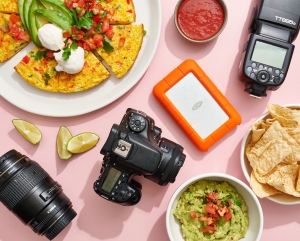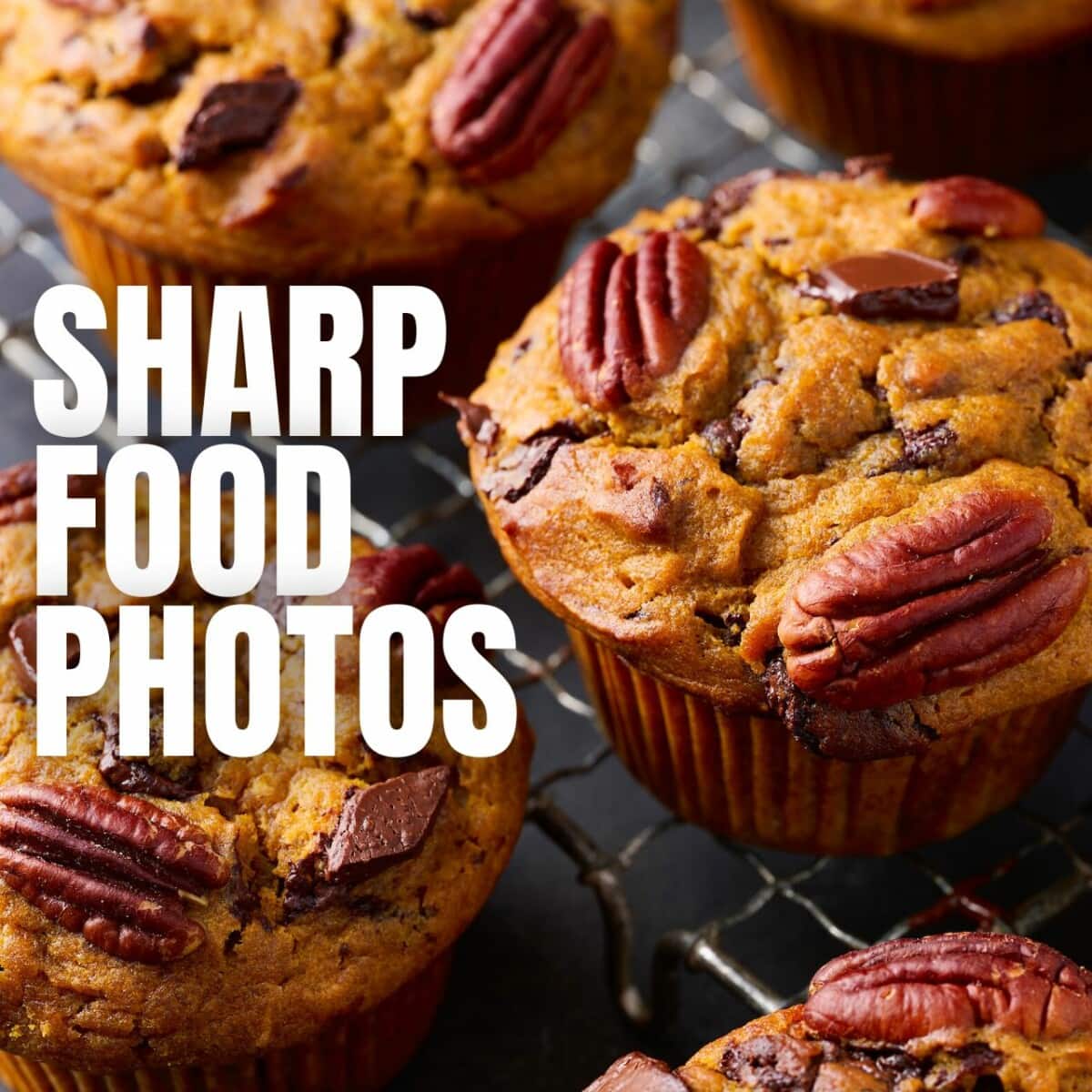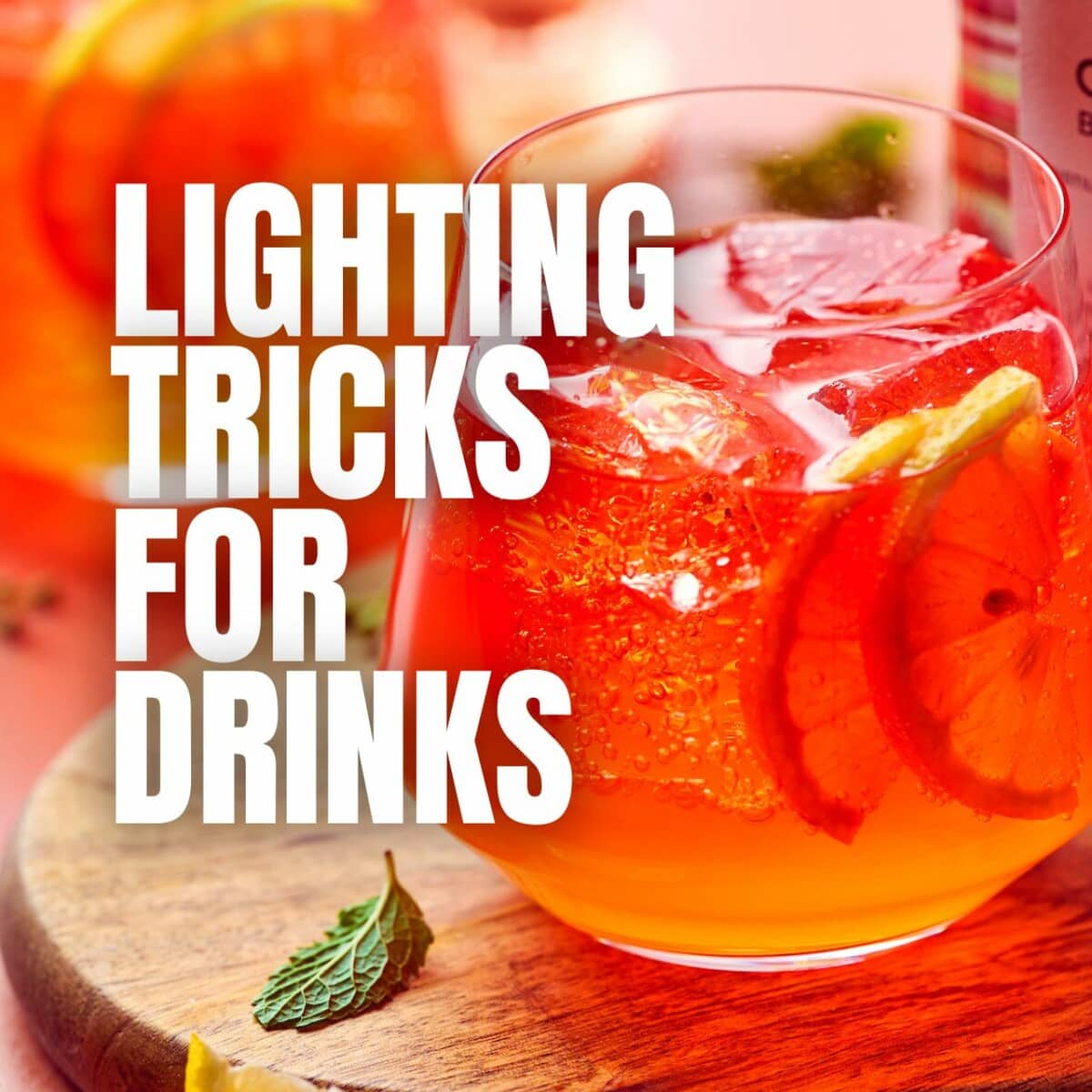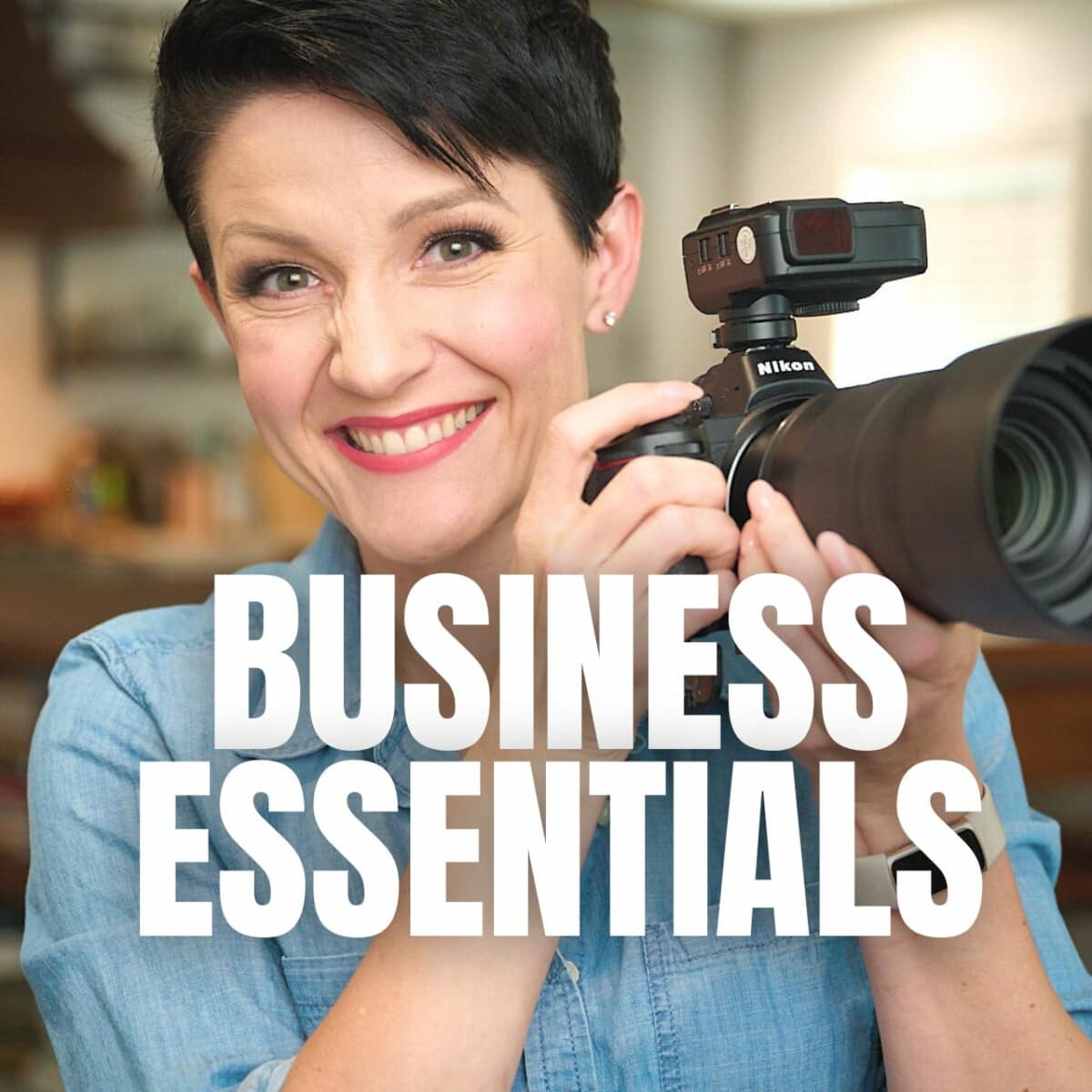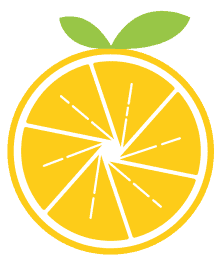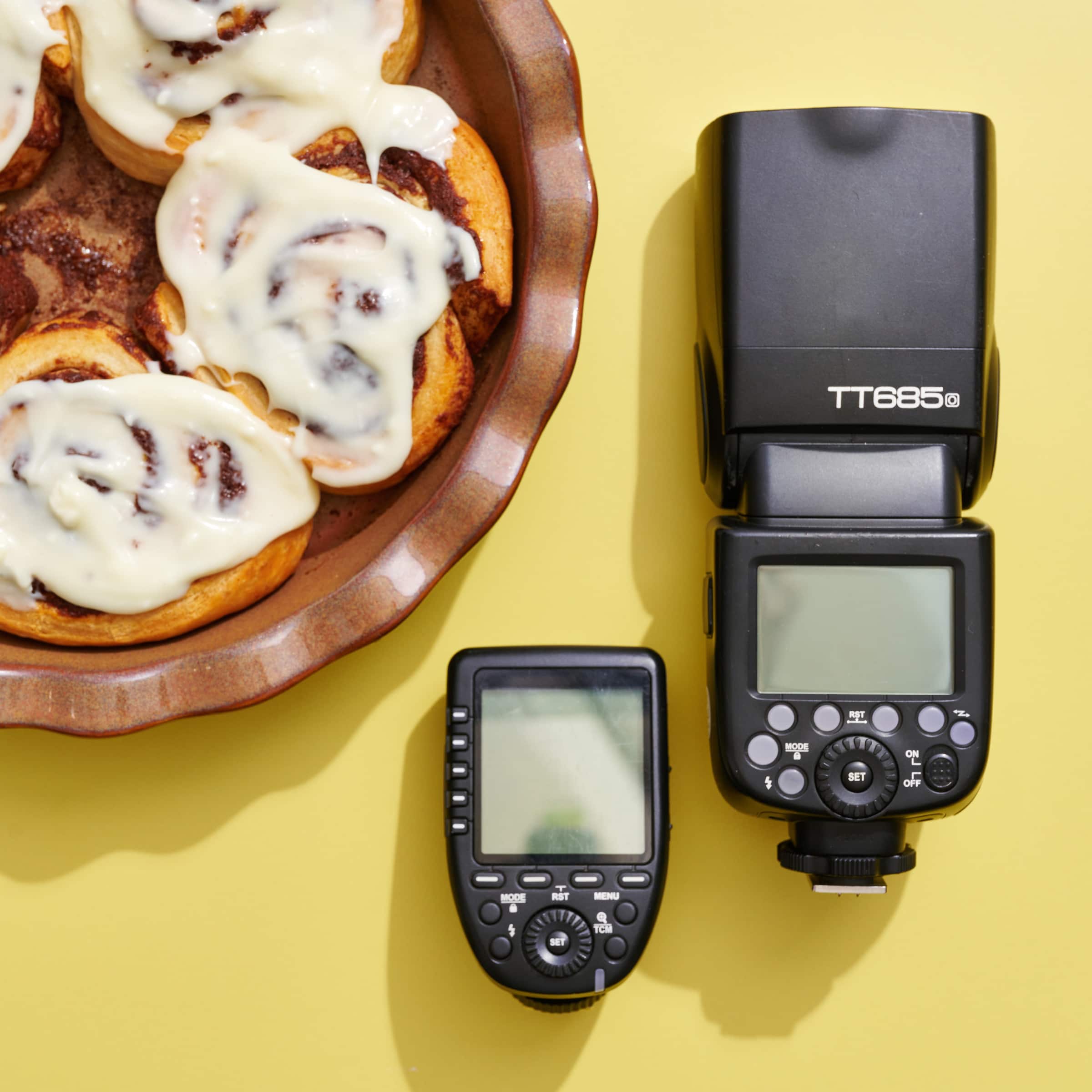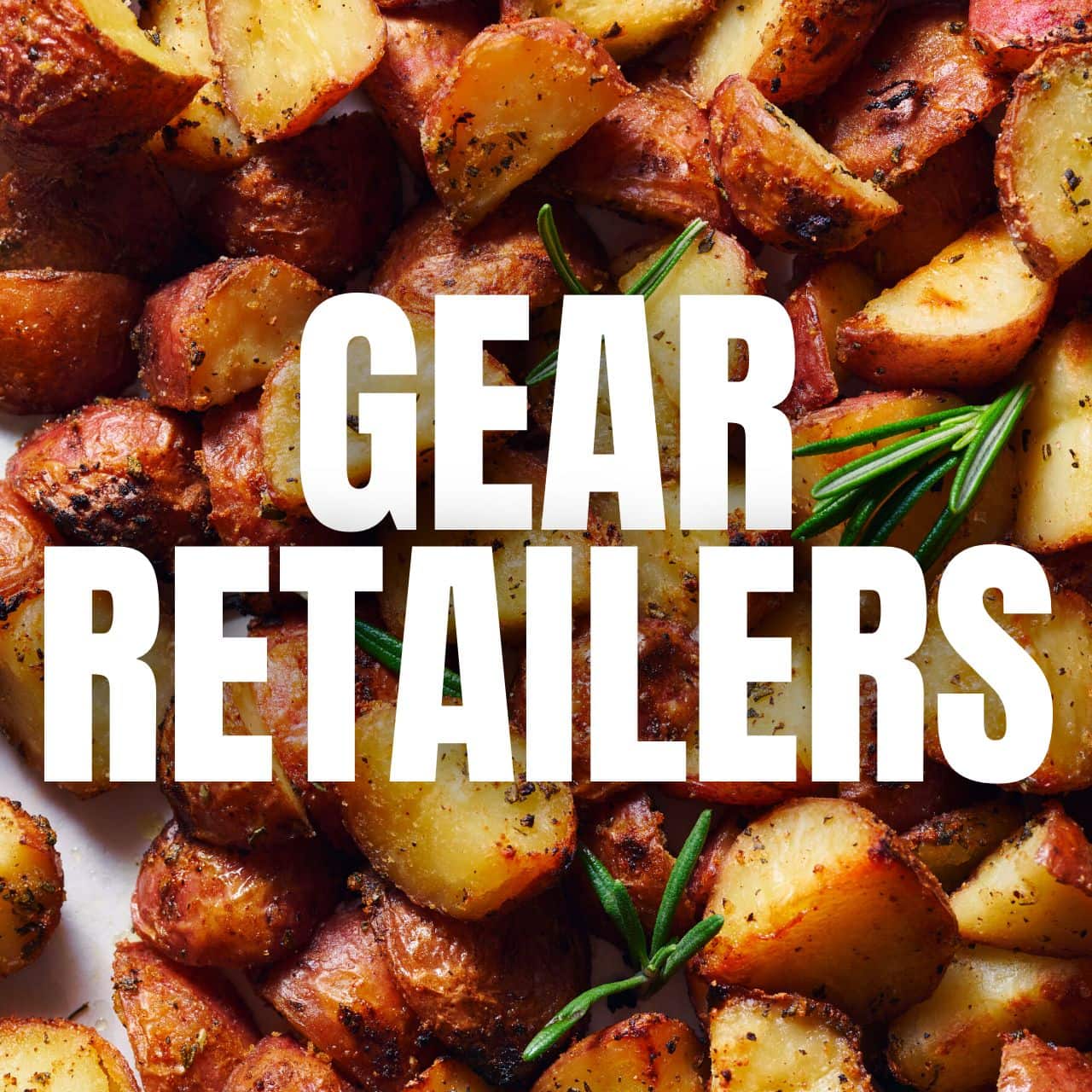I remember feeling very lost and unsure the first time I created a food photography estimate for a client. The only pricing I had ever seen was from wedding and family portrait photographers so that’s what I used as a template.
The problem is that food photography doesn’t follow the same patterns and pricing methods as consumer photography. Commercial photography (photographs being created for the purposes of a business to use to promote their products or services) follows its own standards and rules. For a recap on understanding the difference between commercial, editorial and consumer photography, check out last week’s post on types of food photography clients.
Thankfully, on my quest to gaining expertise in how to create a commercial food photography estimate, I found some awesome resources that I continue to use today.
Food Photography Estimate vs a Bid
But first, let’s define the difference between a “bid” and an “estimate.” Yes, these two things are distinctly different.
An estimate is what I most often create for a prospective client. An estimate is a document that outlines what you believe it will cost to produce a clearly defined specific project. However, an estimate is not set in stone and doesn’t guarantee the amount that will be billed for in the final invoice.
For example, I often include in estimates how much I believe it will cost for the groceries for a food photoshoot. Obviously I won’t know for sure the total amount for groceries until either myself or a food stylist does all of the grocery shopping. Since I provided an estimate, when the final invoice is drafted and sent, it will reflect the final confirmed costs of groceries which might be more or less than what was estimated.
A bid, on the other hand, is set in stone. Bids are more often what is requested when you get into the world of working with advertising agencies and bigger clients. If you are asked for a bid and provide one, the client in that situation will assume the price on the final invoice will stay the same unless there was a mutually agreed upon revision to the scope and bid.
Make sure you are aware if you are in a bid situation and fully discuss with the client the expectations for any changes to the scope and final billing.
Now, let’s get to my favorite resources that help in creating a professional commercial food photography estimate.
BlinkBid
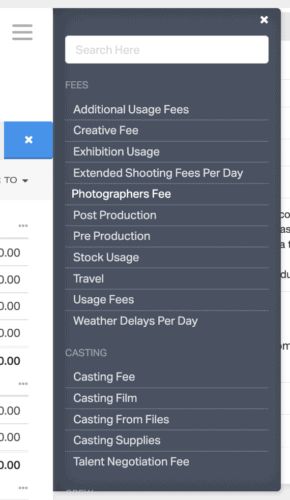
I use BlinkBid to create my food photography estimates. Yep, I know “bid” is in the name, but I use it for estimates.
It’s created specifically for commercial photographers and includes templates that fit our unique needs.
For example, when adding fees and expenses to an estimate, they have all of the categories and fees you might need already pre-programmed as options.
Additionally, you can customize these line items based on your pricing rates. I have programmed the Food Stylist line item as $650 per day since that is the standard rate of my favorite local stylists.
BlinkBid also enables you to send the estimate to the client for electronic signature and then automatically generates an invoice. You can also e-mail the invoice and receive electronic payment if you like. From there, you can track project expenses and manage final billing.
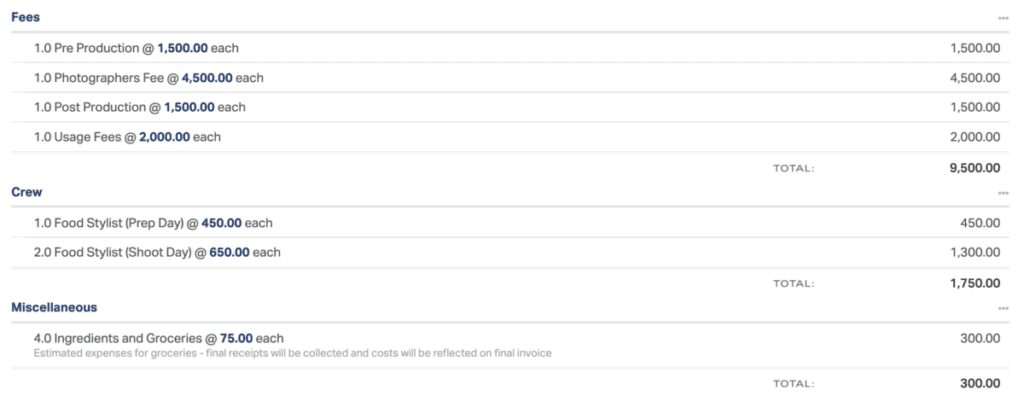
Additionally, BlinkBid can track the licensing for your images. Say you license five images to a client for digital use for 2 years. BlinkBid will track this license for you so that when the two year mark approaches, you’re reminded to reconnect with the client to discuss either renewing the license or exploring the possible need for a new photoshoot.
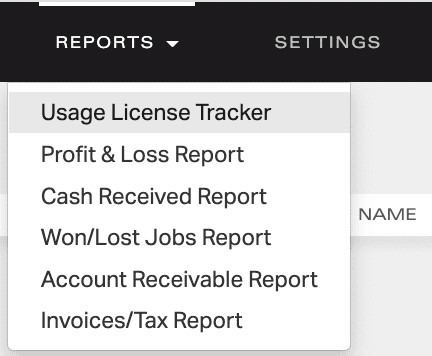
APA Business Manual
If you have found commercial photography jargon like “copyright”, “buyout”, “work for hire”, “usage license” confusing, I highly recommend reading the APA Business Manual. It’s not the most riveting read on your list this year. If you’re a nerd like me, though, you’ll get excited about the confidence you’ll gain knowing some of the important terms and business best practices.
One of my favorite sections of the manual provides helpful suggestions for navigating conversations with clients who think they want a “buyout” when in reality they would be best suited for “licensing” images.
They also offer a solid terms & conditions template and a helpful guide to writing a license.
Getty Price Calculator
Getty is a stock photography agency and they use this calculator with clients to determine pricing for licensing their images. Likewise, we can do the same and use their calculator to gain a ballpark number for licensing our images.
Bear in mind, if you’re new to commercial pricing, licensing is charged in addition to the costs of production. Licensing, as described in the APA Business Manual, is what enables a client to use the images that you have captured. You own the copyright. The client licenses the images.
Licensing can make more sense when we talk about movies. You don’t own the full rights to the movies you stream on Netflix. You can watch them for as long as you pay the subscription to the service, but you’re also limited to only watching them for personal use. Your local movie theater, on the other hand, is paying for the rights to play the movie to an audience and charge money for tickets. The movie theater pays more to the copyright holders of a movie than you pay for your personal Netflix subscription because they’re earning money off of the use of that movie. The same goes for our photos. The more people who see the work, the longer the duration of time, and the more money the licensee earns off of the use of that creative, the more the copyright holder can charge.
Rates for licensing are based on the specific use the client has for an image. Details such as where the image will be used, in what medium, how widely it will be distributed and for what period of time all have an impact on the per image price.
This admitedly can get a little tricky and there isn’t always a perfect fit between the details in Getty and the details in your real life scenarios. If ever you want to talk licensing and dive deeper down the rabbit hole with us, we’re actively engaging on topics like this all the time in our Profitable Pricing Course & Community. I love to nerd out on this stuff.
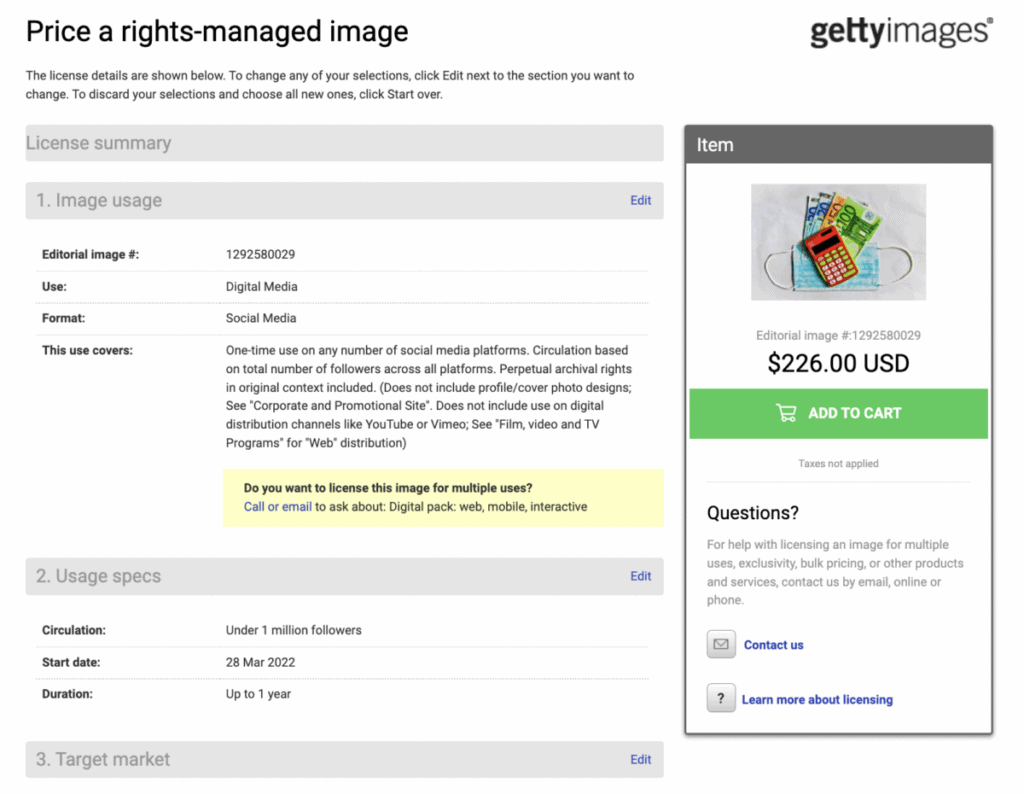
The one thing to keep in mind with the Getty calculator is that the pricing it suggests applies to the large multi-national companies. These big businesses will be using images on a much larger scale compared to regional and local businesses. Because of the difference in scale, the rates scale as well.
The $226 per image rate for social media use for 1 year would be the rate for a large multi-national company. If I’m creating an estimate for a smaller company, I scale that $226 by 50% or 25% of that price. For very small businesses, like purveyors at my local farmer’s market or single location restaurants, I do not charge much if anything for licensing. But, I still do include the usage information in the estimate so that it’s clear how the images can and cannot be used. Again, refer to the APA Business Manual guide to writing a usage license.
AOP Usage Calculator
The AOP (The Association of Photographers) has a similar usage calculator like Getty for photographers based in the UK. I still sometimes use this calculator as a cross reference after checking the Getty numbers even though I’m in the US. I like having multiple perspectives informing my pricing decisions for licensing.
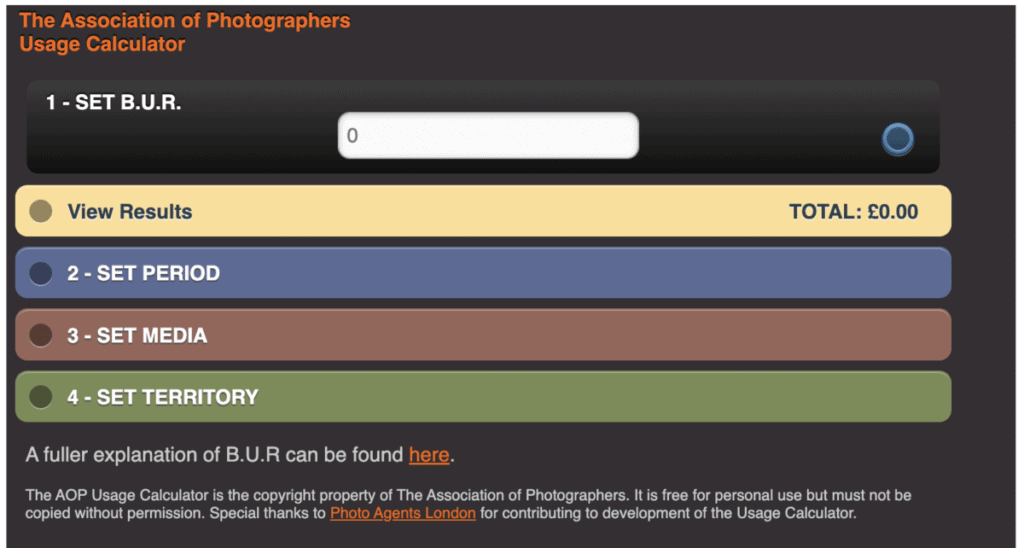
fotoQuote
One other resource where I cross reference licensing rates is in a paid software called fotoQuote. It’s also a quote building software like BlinkBid, though I prefer BlinkBid’s interface and templates for creating estimates.
fotoQuote has a searchable database of information related to licensing images. They also provide more detail and explanation for different license types which helps in navigating some of the more complex licensing scenarios.
I also like the Quote Packs options that they include in their database. These are great for situations where you have a client who needs liberal use of an image in a particular location, but they don’t know all of the specific details. For example, the In Store Quote Pack gives an estimated rate for use of an image in various locations in a retail store. This is in contrast to building the license listing out each of the individual posters, kioks, hangers, etc… Quote Packs can simplify things for you and for your client while still protecting your interests.
Wonderful Machine and a Photo Editor
I find it helpful to review case studies of other photographers’ estimates. I like seeing real examples of how other people organize their fees, the licensing terms they’re using and what they’re charging. Wonderful Machine and a Photo Editor both offer sample case studies for you to peruse.
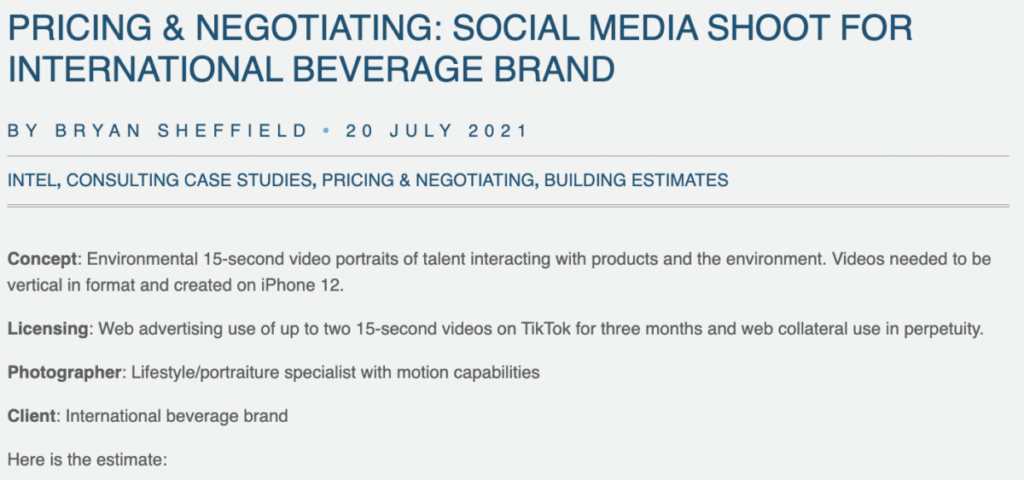
Wonderful Machine also offers individual consulting services. Investing in a session with them is well worth the expense when you need help putting together a food photography estimate or simply want a pro to evaluate your current pricing structure. There’s a chance you’re undercharging or missing out on future revenue. By using their services, you can potentially earn more in the deal than the cost of the consulting time. It’s a classic case of spending money to make money.
A Photo Editor also has a fun to follow section of their blog called The Daily Photo Game where they share promos sent in from photographers. These promos can be a great source of creative inspiration in thinking about your own marketing materials.
Friends in the Industry
Making trusted friends in this industry is one of the secrets to creating a meaningful career. I am so thankful for the fellow photographers, producers, stylists, assistants, grip, editors, and creatives in my life. They inspire me, we talk shop, and they can be a great sounding board when I’m working through an estimate and want another opinion.
I can guarantee that any sizeable estimates I work through that I’m calling my friends in the industry for input.
If you’re new to the industry and want to connect more directly with the community of food photographers who hang out here, we have a small, private space online called Profitable Pricing.
It includes a comprehensive video course that walks you step by step through my entire pricing method. We cover the process from the first meeting with the client to the signed contract. Profitable Pricing also includes access to our monthly Community Meetings on Zoom which are an opportunity for additional education and to connect with fellow community members. Plus it comes with access to a private online feed to post questions, get feedback and share your wins. We’d love to have you join us.



